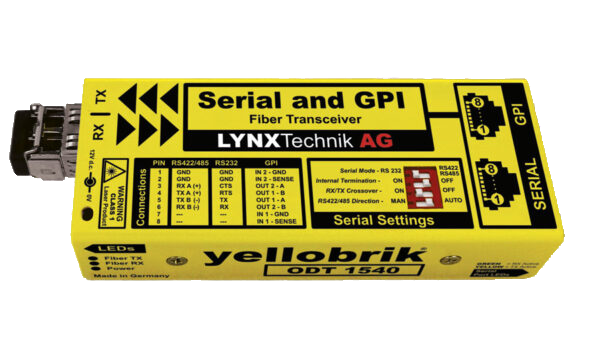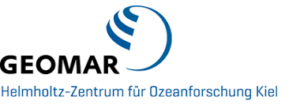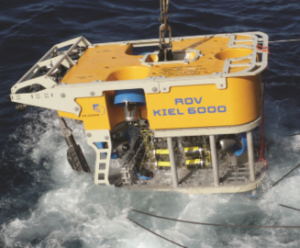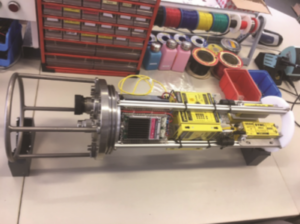
LYNX Technik was approached to provide a fiber transmission and conversion solution from the sea floor to the surface by GEOMAR Helmholtz Centre for Ocean Research Kiel, one of the leading marine science institutions in Europe.
The Challenge
One of GEOMAR’s major challenges was to transport the signals across several deep-sea connectors and sub-sea winch & slip ring systems. Signals had to be carried through pressurized oil-filled compartments where the connectors were housed.
A crucial aspect to optical network distance is Optical Power Budget: the amount of light provided to make a fiber optic connection work properly.
GEOMAR was also looking for a maximum amount of flexibility in the system since they use many different ships; each time they have to integrate the LYNX Technik equipment to the cable infrastructure during a short stay in port or even at sea.
The Solution
A key reason why GEOMAR opted for the LYNX Technik yellobrik fiber solutions was the large optical power budget of the equipment, which gave them the necessary leverage to transport the signals across great distances.
The GEOMAR Media Technology team operates robotic deep-sea vessels equipped with HD and SD cameras, sensors, as well as a variety of LYNX Technik yellobrik fiber transmission solutions. The deep-sea footage and data is transmitted via the fiber optic cables to its ship-based research team for monitoring, analyzing, recording and streaming.
The transmission of video content from the deep-sea floor has been quite poor in the past, however GEOMAR’s telemetry system now provides high quality video transmission thanks to LYNX Technik’s yelobriks.
GEOMAR is using the yellobrik OTR 1442 self-contained fiber transmission kit for the transport of 4 discreet SDI signals (or 4K / 12G uncompressed) over a single fiber link. The kit includes the fiber transmitter, fiber receiver and power supplies. This solution is ideal for the transmission of multiple uncompressed SDI streams up to 20km with zero loss. This kit is 4K-ready, opening up a straight forward upgrade path for the near future.
yellobrik CWDM Fiber
GEOMAR opted for the yellobrik multi-function CWDM compatible fiber transceivers to extend RS232, RS422, RS485 and GPI signals over fiber. In addition, they use Ethernet to fiber transceiver switches with CWDM support for extending the reach of electrical Ethernet signals over long distances.
The SDI to Fiber Optic Transmitters and receivers send SDI signals from the remotely operated deep-sea devices over fiber and are received by the ship-based research control room. All yellobrik transmission solutions in this application support CWDM with up to 18 selectable CWDM wavelengths.


GEOMAR investigates the chemical, physical, biological, and geological processes in the oceans, as well as their interactions with the seafloor and the atmosphere. Fiber communications cable is an integral part of the control of deep diving robots that are being launched from a ship. Up to 10 km on single-mode fiber optic cable in the case of modern research vessels.
The Challenge

EQUIPMENT LIST
On ship
ODT 1540 Serial and GPI Fiber Transceiver
OET 1540 Ethernet to Fiber Transceiver (Switch)
ORR 1802 Dual Fiber to 3G-SDI Receiver
OTR 1442 4K Fiber Transmission System
Underwater
ODT 1540 Serial and GPI Fiber Transceiver
OET 1540 Ethernet to Fiber Transceiver (Switch)
OTT 1842 Dual 3G-SDI to Fiber Transmitter
OTX 1742 Analog Video Fiber Transmitter

“What we most appreciated about the LYNX approach was the clear description of product capabilities, detailed customer support and the ability to try out units even before purchase. We also received outstanding support during integration. The units really do what the label says.”
—Dr. Peter Linke, Scientific Head Technology & Logictics Centre (TLZ), GEOMAR
